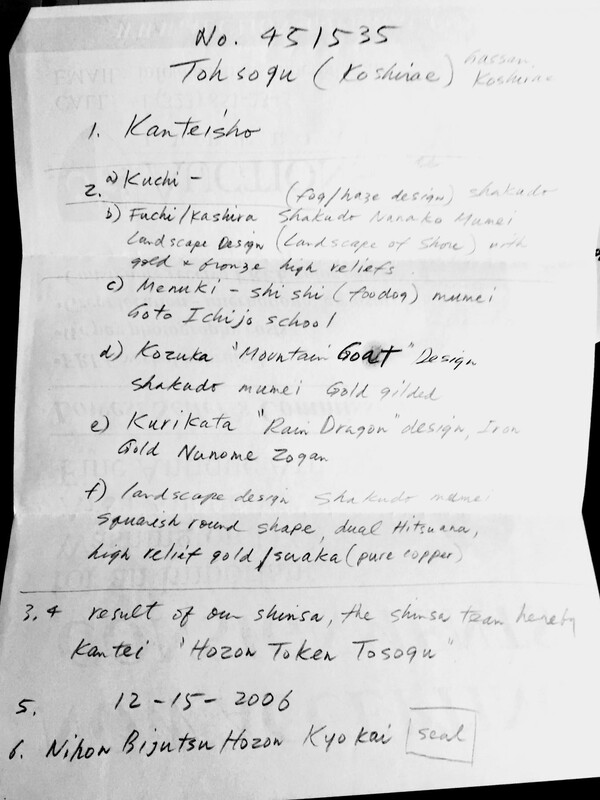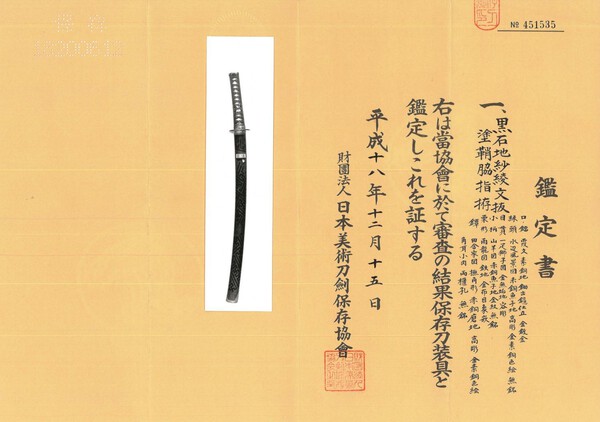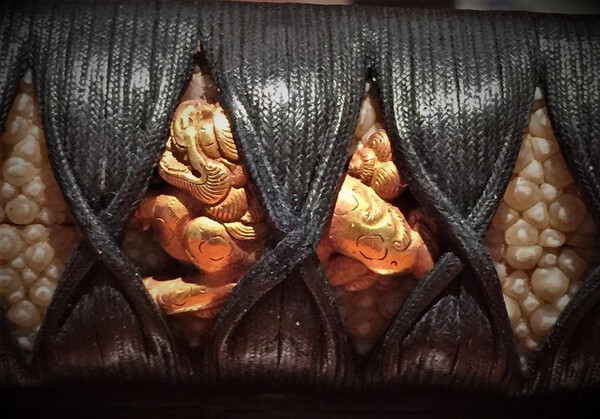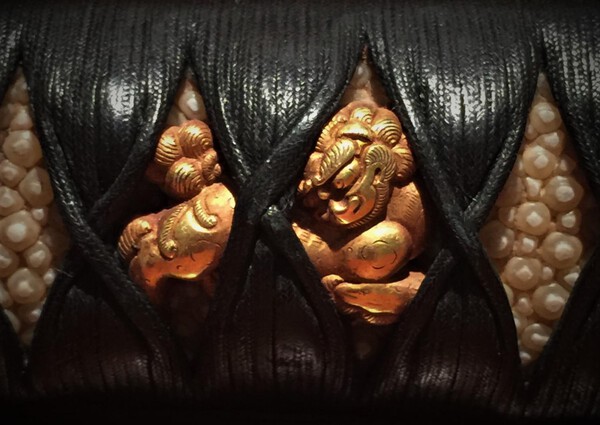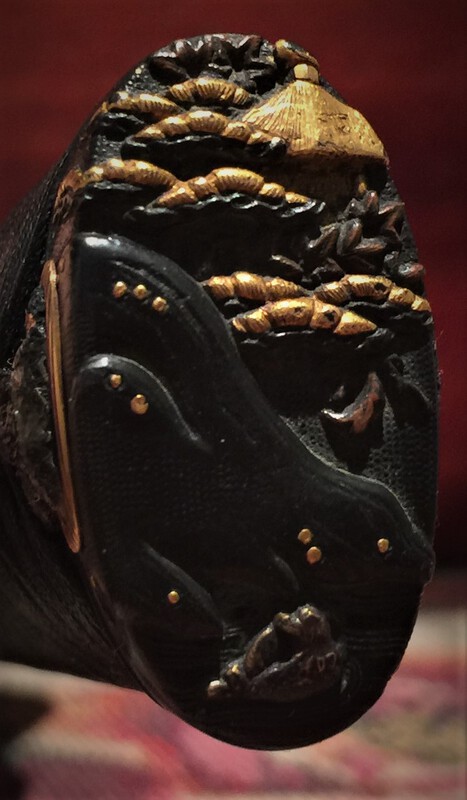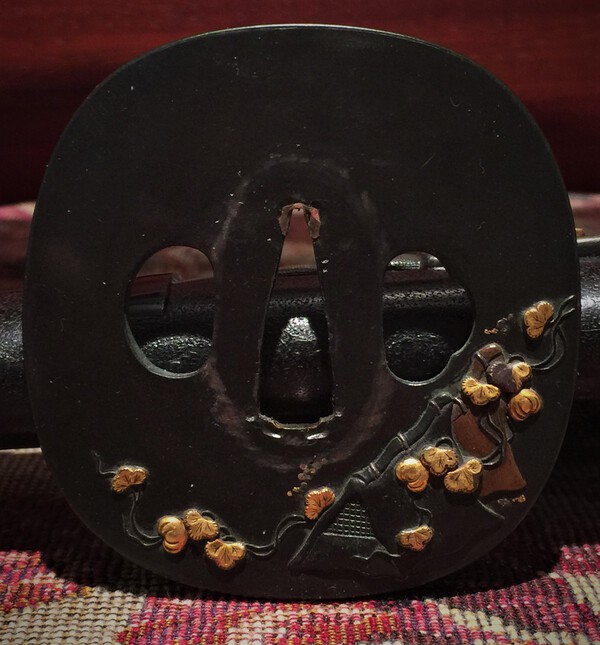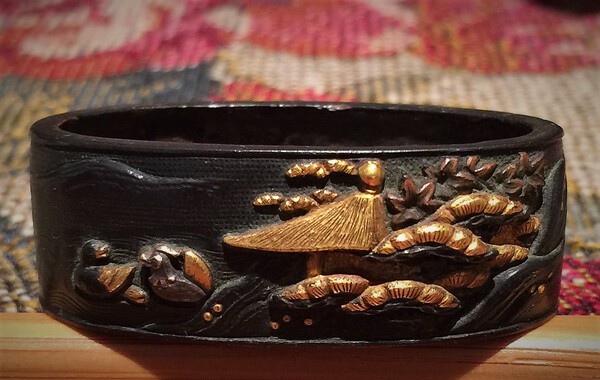-
Posts
123 -
Joined
-
Last visited
-
Days Won
2
Everything posted by Okiiimo
-
Thank you Piers! That gives the photo a specific date of February 11, 1940! Prior to your enlightenment, I was deciphering the middle character as Kû.
-
Thanks Joe! I should add, I believe Raymond is correct and it makes sense in the context of the photos. I having trouble with recognition of the handwriting. I wouldn't call it sloppy, it's just so different from text kanji that I'm trying to figure out an approach to reading it.
-
Thank you Raymond! The handwriting is throwing me off. Since I'm very early in learning kanji, I just don't have enough experience to recognize the handwriting from printed examples - too much variance for me. In the first photo, I thought it might be a four, but the separate vertical stroke doesn't seem to fit. For the other, it looks like it should represent 2600, but the clue I have is the 0 0. The hand writing doesn't look like 26 in either kanji or alphanumeric form. The photographs I have are from the late 30's to maybe mid 40's. So the more certain and exact I can be on the years is important to putting them in correct order. Thanks again!
-
I'm have some wartime photographs of my grandfather who served in the IJA and I'm working on deciphering the handwritten notes on the backs. Attached are two nengo that I could use assistance with. The first one is fairly straight forward. I can't read the kanji number as it so different from text book examples (circled in green). I think it might be "shi" but I'm uncertain. The second nengo I think is written in imperial year ( 2600?), again I'm uncertain on this one. Thank you! This information will greatly assist me in putting the photos in chronological order. My goal is to have these put into electronic albums that I hope the kids will someday value as a part of their heritage.
-
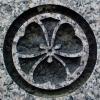
How Much Did A Sword Cost New?
Okiiimo replied to obiwanknabbe's topic in General Nihonto Related Discussion
Based on Mr Sesko's report, swords today are a bargain considering during the Edo period, the cost of a sword could be measured in years of total income for probably what we would consider "mid-level" blades. Today, we can purchase probably the equivalent blade at maybe 5-10% of annual total income. Only the top end swords available might be measured in cost of years of annual total income for the average person. -

How Much Did A Sword Cost New?
Okiiimo replied to obiwanknabbe's topic in General Nihonto Related Discussion
Please give Mr Sesko credit for his wonderful research! I just purchased his sword stories 1 ebook which contains this article and other fascinating anecdotes. -
I've been playing with this since you linked it. So far all I can say is that it seems to work. I first tried it for an unknown character and it left me with unknown suggestions. I'll try to be more "scientific" about learning how it works. The PDF instructions in English is all you need to run the program. It's critical to have the image in sufficient resolution and in pure black and white. the background should be pure white and I believe that a greyscale character image creates image noise. Thank you for linking this!
-

How Much Did A Sword Cost New?
Okiiimo replied to obiwanknabbe's topic in General Nihonto Related Discussion
This report by Markus Sesko was enlightening to the same question I once had... http://www.nihontomessageboard.com/articles/Swordpricessamurai.pdf It's worth a read. -
In my home state, there's a barroom definition of what defines a "real Alaskan" to which one cannot be a "real Alaskan" unless one has urinated into the Yukon River, wrestled a grizzly and had relations with a native Alaskan. Both the label and its condition for achieving it are absurd. The term collector, acquirer and hoarder all essentially mean the same thing. It describes a person that concentrates objects. The conditions the OP posited to meet the class of person of discussion; number of years, quantity of books and affiliation with groups that suggest scholarship is the key trait and the population nihonto students is really the topic being presented.
-
Perhaps "collector" is a misnomer. Wouldn't "student" of Nihonto be appropriate?
-
I'm thankful for the candid observations and thoughts. I've started working on the translation and will attempt to obtain a formal opinion through shinsa. I am a bit surprised to learn that a tsukamaki is considered as important to preserve as expressed in this thread. The tsuka is what I would consider to be a high wear part that a blade would have seen many of in its lifetime. Additionally, if the menuki has the possibility (I understand the consensus here idoes not) but it it did, wouldn't such a possibility of discovering a signed menuki have more intrinsic value (and possibly monetary) than the preservation of the wrappings? As commonly done by others, I'm not suggesting stripping the blade of its koshirae and selling the pieces to maximize profit. I'm suggesting that the koshirae be completely restored with all the original fittings in place and kept with the blade. When I see examples of 5 and 6 digit value blades on high end websites, most have recently restored koshirae and I've never heard anyone with concerns about preserving the tsukamaki. Why then would a 4 digit value blade have a different standard?
-
Wouldn't the position of the bohi imply the lowest mekugi ana is the first ana? If there was an ana below the mei (since removed), the start of the bohi would have been originally well past the the lococation of the habaki. please understand, I'm not asking to be contrary to others but rather I'm trying to understand how one goes about determining the blade's modification history.
-
I'd like to caveat the photos I posted and the condition of the menuki. The photos where not taken in optimal lighting using a professional camera. The lighting was a single overhead bulb with a little ambient light and the camera was iPhone 6 in partial zoom. The chisel work much cleaner that what is shown the photos. The contact surfaces of the menuki do show wear making it shinier and the chiseling less defined in those areas.
-
I know little of Nihonto blades and even less of fittings. I'll spend some time deciphering the origami to see what it says. Based on comment it does sound like the notes may not reflect what's on the kanteisho. Thank you for the insight!
-
I'm not sure if this realistic or not and may not apply in this case, but a thought occurred to me that the subject of this post highlights a possible example of a potential use of nakago from cut swords that is discussed in another thread concerning the estimate of the number of Nihonto in current existence.
-
Attached are the notes I received with the NBTHK Kanteisho. It'll take me a few hours to work on translating the origami but it is my intention to do so both to verify the notes and to continue my learning of kanji. Franco - my wife gave me an OK to attend the show in SF. If the logistics works out and and I end up there, I'll be sure to bring the this sword to share and hear opinion!
-
To put everyone's minds to rest, I'm NOT planning on destroying anything and I'm not posting for a decision by committee. I asked two questions. What would YOU do and what's the monetary value of a signed piece (vs mumei) vs the cost of restoraration. Pete - I did not verify the origami to the note that was attached and I just starting the attempt to learn kanji. The note may well be erroneous. The menuki does look to my inexperienced eye close to published examples though. Relax! No need to campaign for preservation, I'm on the same side. I've the itch of curiosity which lead me to post the question.
-
A recent purchase came with full koshirae with NBTHK Hozon certification. Of note, the translation notes accompanying the kanteisho indicates that the gold shi-shi menuki, mumei, is attributed to Goto Ichijo, mumei (I haven't attempted a translation of the kanteishi to confirm the attribution). The previous owner indicated that the he opted to not remove the menuki to see if it was a signed piece. The tsukamaki appears original to the mount and there is no indication that the menuki has been moved. Thus, NBTHK did the appraisal of the menuki in-situ. I find myself curiously wondering if a signature lies on the backside of the menuki. However, the thought of cutting the tsukamaki horrifies me. It, to my inexperienced eye, appears beautifully done. Further, not knowing who to go to for such a restoration and sending the fittings out for an extended period of time is a further deterrent to satisfying my curiosity. So, my questions are:, "what would you do?" - as opposed to an opinion of what I should do and what is the relative value of knowing whether a piece is signed versus the cost of restoration?
-
If it where filed down without a weld, wouldn't the shinogi of the mei section line up with the rest of the nakago and blade? My understanding of forge welding is there is some hammering involved to complete the weld. If it where welded, the weld would be somewhere between the lowest mekugi Ana and the mei section and possibly be masked by filing and patination Also, if unwelded, wouldn't the mei position be unusual relative to the ana?
-
Add me to the list of satisfied customers of Mr Doffin!
-
The OP didn't ask if his blade was nihonto but I do understand that by implication of this boards purpose that a request of this nature first leads to a determination of whether or not it is nihonto. I was thinking in terms of politeness (which is not the same as political correctness). The use of the word "fake" to describe what was a gift from relative seems to diminish the intent for which it may have been given. Why would that be necessary if it can be avoided?
-
Forgive me, it was not my intention to call anyone out. I respect Mr Singer greatly for his knowledge and helpfulness on this board.
-
Is this book still in print? It's only available on amazon through third party dealers and some of the prices are pretty amazing.
-
Respectfully to those that kind members that takes the time to reply to a novice (of which I am one in the realm of nihonto), isn't a response of "fake" not entirely accurate? I can understand, from the perspective of the focus of this board, that a the response is relative to whether the object is a genuine nihonto it not. The OP shared a family heir loom with sentimental value for an opinion. It seems that a more polite and more accurate response would be something like, "it doesn't appear to be a traditionally made Japanese blade." After all, it does appear to be a real sword capable of harm (as opposed to foam swords my kids play with) and it might have historical significance. From the perspective of the OP, it does have significance.
-

Handwriting Decipher On Nthk Kanteisho Date Assistance Request
Okiiimo replied to Okiiimo's topic in Translation Assistance
Thanks Stephen and Kyle!





